A Brief History Of South Korea's Weirdest Urban Legend: Killer Fans
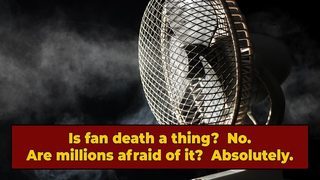
Every country has its own bizarre superstitions. In Iceland, many people still believe in elves, despite elves never once returning the favor. Millions of Americans think that the country is run by alien lizards, while the rest just wish it was. And in a surprisingly wide variety of countries men live in constant fear that magical thieves will steal their penis, even though that's only ever happened once (and the police have promised us they're looking into it). But quite possibly the strangest superstition comes from South Korea, where some folks appear to have spent most of the 20th century convinced that sleeping in an enclosed room with the fan running is a recipe for instant death.
Obviously at this point you're thinking "Oh come on, Cracked. How can fan death be weirder than elves ripping your dick off, or whatever you were just rambling about?" But it's very unusual for a common household appliance to be the subject of such a terrifying myth, like if every toilet in Taiwan had a giant "murder machine" warning sign. It also seems like fan death would be pretty easy to test for yourself, assuming you have a fan and a child you won't miss. That sounds like a dark joke, but one South Korean professor actually did test the story by leaving his daughter's fan on all night (in fairness, he checked on her every five minutes). He concluded that fan death was a myth, but by that point the urban legend was far too popular to debunk.
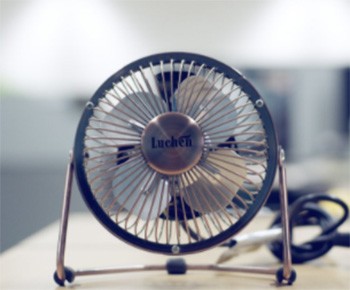
Now the first thing to note is that we're not trying to pick on South Korea, a technologically advanced wonder-topia that's probably about three years away from world domination. Roughly 40 percent of all Americans have multiple flavors of bleach in the fridge for drinking and recently signed their house over to Frank Stallone's unlicensed superchurch. Another 40 percent all got tetanus breaking into an abandoned fish factory for an Instagram shot, and are treating it entirely using a $14,000 crystal egg Gwyneth Paltrow sold them from the back of an unmarked van. The remaining 20 percent will be released from Elon Musk's brain chip testing camps only long enough to write-in vote for Kanye West while open-mouthed kissing every poll worker as a show of strength. We're in no position to judge!
Don't Miss
How exactly fan death is supposed to work has always been a little unclear, although it's generally agreed that cracking open a door or window instantly removes all danger. Some people say that the cool air from the fan can cause hypothermia, others that fans can create a "vortex" of air that interferes with breathing. (Just as a note, if your fan instantly turns the room into a swirling hellscape of ice and whirlwinds, you may have the setting too high.) Meanwhile, the South Korean government has warned that fans can cause people to suffocate by blowing exhaled carbon dioxide right back into their lungs. Although again, very few people choose to sleep slammed upright against the bedroom wall by a fan blast so strong every breath must fight to escape.
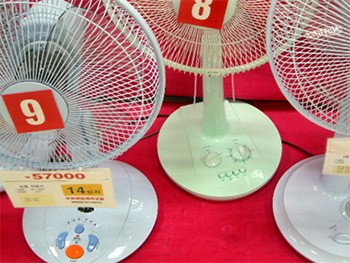
The belief is so widespread that fans in South Korea are sold with a built-in timer, ensuring that the fan will shut off automatically after a couple of hours if you happen to accidentally nod off with your Dyson Deathblade running. Many also come with a warning that "this product may cause suffocation or hypothermia." Honestly, at this point we assume every Korean electronics shop is just staffed by an old man waving a staff and screaming stuff like "Turn back! Flee from this place before these mechanical reapers claim another life!" Although we have to admit that including a warning label for a fictional problem is a pretty impressive commitment to customer safety, especially compared to American companies that spend billions each year lobbying against warning labels for products made entirely out of broken glass and ricin.
Even the South Korean government has repeatedly gone on record warning about the deadly risk of fans. In 2005, the Korea Consumer Agency listed "asphyxiation from electric fans and air conditioners" as the most common summer time injury, claiming that it killed around 10 people a year. Again, we'd make fun of that, but if 10 deaths is really Korea's most dangerous summertime injury then they're doing amazing. More people die on every single American river when their inner tube pops and sends them shooting through the blades of a fan boat. More people die because they try to chug something called a yard-garita while sprinting towards a slip-and-slide and end up carved in two by a crazy straw. More people die every time Steve Aoki stage-dives in a particularly studded belt.
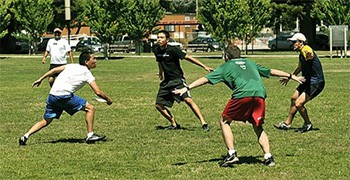
There are some examples of Korean newspapers warning about the dangers of fans as far back as the 1920s, but the theory really seems to have taken off in the 1970s. At the time, South Korea was a poverty-stricken land ruled by a tyrannical dictator, a bit like the Quibi campus now. The country faced a series of power shortages and it's even rumored that the government deliberately started the fan death rumor to convince people to conserve energy by unplugging their fans at night. That's almost certainly not true, but we'd still like to see something similar tried in America, perhaps by sending an undercover FBI agent to stand outside every house fire wailing "If only he had recycled!"
The dictator was eventually forced from office by a combination of old age and his spy chief firing a fatal bullet directly into his face, but the fan death myth only grew stronger even as South Korea transitioned into a wealthy modern democracy. Korean newspapers published at least 10 stories about fan death every year between 1990 and 2004, while even prominent medical professors were happy to go on record claiming that fans could easily trigger deadly hypothermia. Basically imagine the Dean of Harvard Medical School pointing at a small rotary fan and declaring "that thing will suck your soul out like a Dementor" and you'll have some idea of the effect.
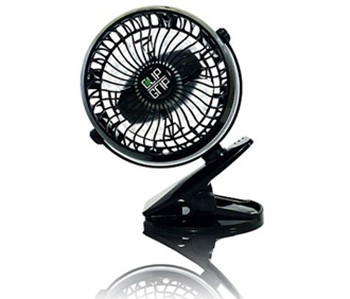
So it's really not that hard to understand why people would believe in the myth, considering just how often the country's biggest newspapers reported it as fact. In 2007, for instance, it was reported that the first fan death of the summer was a middle-aged man found dead in a motel room with his fan whirring away. That same year, reports emerged claiming that a group of five students had attempted suicide by locking themselves in a room with a running fan. Fortunately, one of the students chickened out and turned off the fan before the gentle air current could melt anyone's face like the end of Raiders of the Lost Ark.
This all prompted at least one distinguished professor to issue a public statement debunking the reports: "People believe in fan death because they see a dead body and a fan running. But normal, healthy people do not die because they slept with a fan running." Another doctor performed autopsies on several supposed "fan death" victims, revealing that they were mostly suffering from heart or lung disease. This was presumably very annoying news for the local police, whose jobs must have been way easier when you could just chalk up every mysterious motel death to an appliance attack. Next they'll be saying that not everyone found dead near a TV was claimed by that evil little girl from The Ring.

South Korean newspapers mildly adjusted to this by noting that fans were merely exacerbating underlying conditions like alcoholism. For example, in 2013 a 58-year-old died after drinking heavily, then falling asleep with the fan running. Some of Korea's biggest newspapers reported this as a case of fan death, explaining that drinking lowers your body temperature (true!) and that the added cool air from the fan had therefore caused the man to freeze to death. Which is basically impossible (a fan can lower your body temperature slightly, but nowhere near enough to contribute to hypothermia). And even by the story's own logic, "drinking so much poison that a light breeze crumbles your body like a saltine" shouldn't really be reported as "Breezes: The Deadly Killer!"
In fact, the opposite might be true, since it's widely believed that fans can be mildly dangerous at high temperatures. That's because a fan blowing hot air against your skin can create a convection effect, removing moisture and raising body temperature. The World Health Organization warns that using fans during extreme heat waves may increase dehydration or other problems. The exact temperature where fans become dangerous depends on the humidity (the dryer the worse), but the American EPA says fans should be avoided once the heat index climbs above 99 degrees fahrenheit (37.2C). On the other hand, researchers from the University of Sydney say that number is "not based on any evidence whatsoever" and that fans are only dangerous once humidity drops to extreme lows. The exact danger zone remains unclear, although it's probably best not to pack the mini-fan for your next trek through the Danakil desert.
The heating effects of fans have been seized upon by believers to argue that the myth is real, even though overheating was never suggested as a cause of fan death until it became the only remotely plausible explanation left. Much of this centers on a researcher called Larry Kalkstein, who was completely unaware of the fan death myth when a Korean newspaper asked him about it. Kalkstein innocently agreed that "fans can cause problems" and had to spend the next decade insisting that he did "not believe in fan death" in the traditional Korean sense. Let that be a lesson to scientists: Immediately assume all reporters are trying to trick you into demonizing a household appliance.
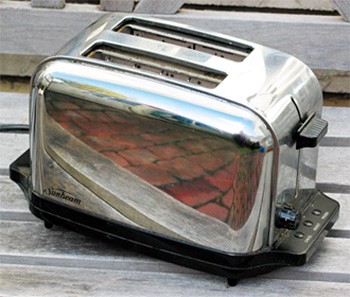
These days, the fan death legend is finally dying out, with few young South Koreans believing the story anymore. That's largely due to the Internet, which has helped kill off all the old urban legends your parents used to terrify you with. And it's not like the rest of the world ever lacked in those. Every parent in America used to be convinced that swimming less than 30 minutes after eating would result in being sucked straight into the clammy depths of the community pool, where your seaweed-tangled corpse would remain eternally, bony fingers brushing occasionally against the the feet of Mrs. Feldstein's second grade swimming class. Also we're pretty sure that there was something about chewing gum clogging your intestines for seven years? Like we said earlier, nobody is judging you on this one Korea!
Top image: Anze Furlan/Shutterstock